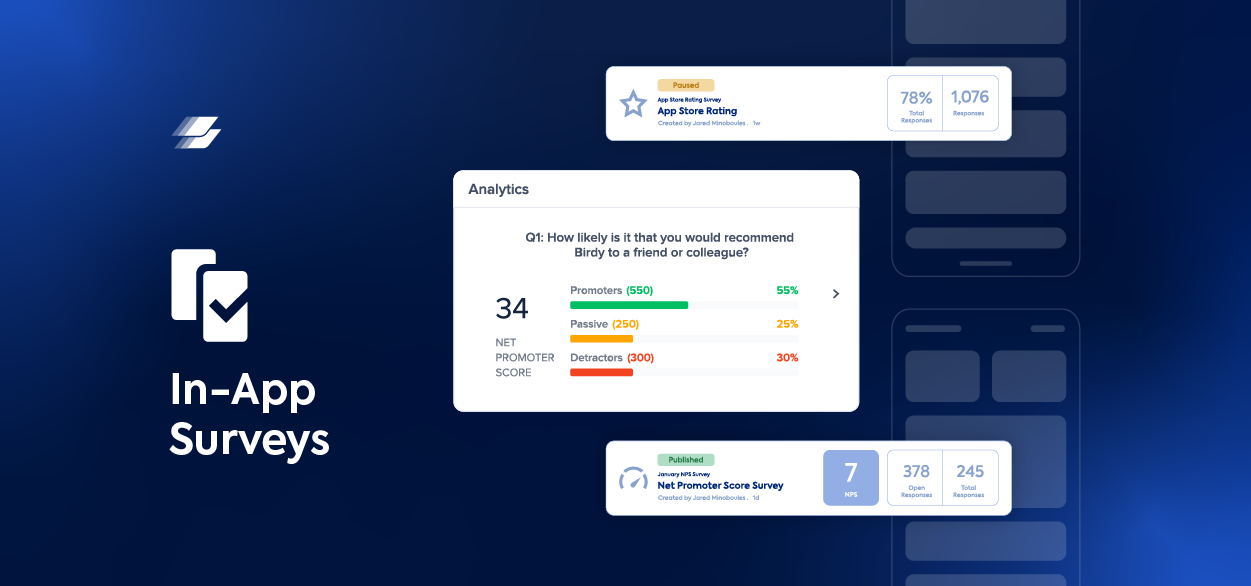With more than 57 million repositories, GitHub is the largest source code host in the world and virtually all developers know their way around it. If you use GitHub for version control, making use of its Issues module for bug tracking is a great option.
Your developers spend a lot of time on GitHub. Allowing them to track bugs from the same tool can help them be more efficient. And with Instabug's GitHub integration, they will have issues delivered right to their repository.

Before we start, let us go through the process of setting up your GitHub integration with Instabug. This is easily done with a few clicks right from your Instabug dashboard.
- Navigate to the Integrations page from the Settings menu in your Instabug dashboard and click on the GitHub icon. This will take you to the authentication page where you can choose the organization you want to forward to.
.png)
- After you’ve chosen your organization, you will be redirected to GitHub where you can choose which repositories Instabug can access and view the permissions granted. Once you click on Install, you will be redirected back to the Instabug dashboard.

- The next step is to select the repository and assignee the issues will be forwarded to, as well as choose the information that will be included with each report. When you’re ready, click on Continue and we will test the integration by sending a sample bug report.

- If all goes well, you will land on the last page in the integration process where you can name the integration and enable automatic forwarding for bugs and/or crashes.

Pro Tip: You can set up multiple GitHub integrations for the same app, each with their own settings. For instance, you can set up a GitHub integration that forwards to your iOS repository and another that forwards to your Android repository, and choose the information that is forwarded to each. Just make sure you give your integrations a good name that will help you recognize them later.
An important and sometimes time-consuming part of the bug tracking process is triage. With Instabug’s Report Categories, Tags, and Rules, you can automate a lot of this process. Whether you prefer to triage on Instabug’s dashboard then forward to your GitHub repository for tracking or the other way around, these features will make your life a lot easier.
Let users categorize their bug reports
.png)
Report Categories let your users choose the category of the issue they are reporting from a list of choices that you define. This makes it easier for you to decide which repository or assignee a bug should be forwarded to. More importantly, you can use them to set rules that will automatically forward bugs to the relevant repository and assignee.
Report categories are easily configured by navigating to your dashboard and clicking on Report Categories from the Settings menu. There is no need for any code and changes you make to your categories will reflect in your app within 24 hours.
Add tags to label bugs

Tags can be used to label bug reports so you can quickly decide on the required action. Unlike report categories, tags are added by you or your team, not the end users of your app. Tags can easily be added from the bug’s page by typing them in on the sidebar. Another way to add a tag is to enter #your_tag at the end of the bug report while reporting the bug. Your internal testers can use this way to add tags to bugs they report through Instabug.
Set rules to automate your process

Rules are a great way to automate your bug tracking workflow and eliminate the time consumed by minor tasks. Routine actions like forwarding bugs to GitHub and assigning them to the relevant team member are simple but can be time-consuming.
Access the Rules page from your dashboard’s Settings. You can specify certain conditions and the actions that need to be taken when they are met. Report categories and tags can be used as conditions to automatically forward incoming bug reports to the relevant GitHub integration.
Communicate with testers

With all the challenges developers face to find and fix bugs, it is common to forget that your beta testers are a crucial part of the bug fixing process. This is why it is important to show them your appreciation and close the feedback loop with communication.
You can set up rules to automatically reply to users with a saved message when they report a bug or when a bug they reported gets fixed. You can also use the conditions to prompt users to update their app if they are reporting from an older version.
Learn more:
- How to Get the Most Out of Instabug Crash Reports
- Integrating Instabug’s SDK: Advanced Customization Tips
- Best Practices to Gather User Feedback
- Instabug vs. TestFlight: Getting the Best From Your Beta Test
Instabug empowers mobile teams to maintain industry-leading apps with mobile-focused, user-centric stability and performance monitoring.
Visit our sandbox or book a demo to see how Instabug can help your app












